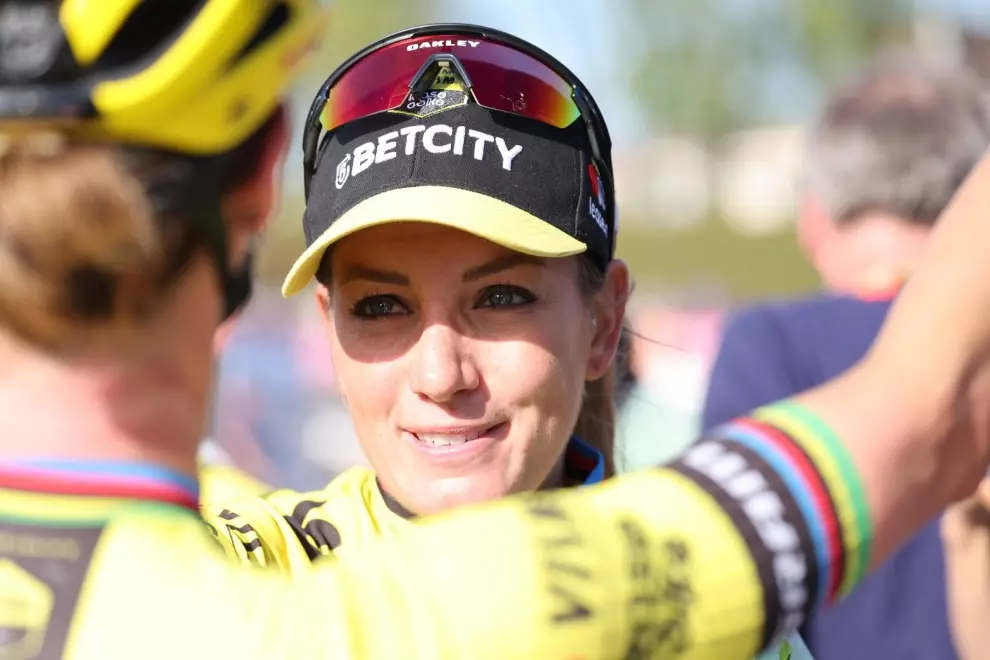Almost immediately, large groups of young men would race each other around town and country lanes. Village notice boards would announce a race, and it wouldn’t be uncommon to have up to 100 cyclists haring through a village at speed. Check out the size of this cycle meeting from 1916…
video
All this commotion attracted supporters as well as the attention of law enforcement who faced increasing pressure to do something about the “menace to horse riders” – a controversy that persists to this day.
In late Victorian Britain, the police would usually choose to prosecute the cyclist rather than the more traditional horseback rider, especially given the bicycle’s association with political protest and working class unrest. It didn’t help that horse riders and early car owners were usually the more affluent members of British society.
To prevent further conflict with the authorities, a group of British cycling clubs formed the Road Racing Council in 1922 to regulate the sport. By 1937 there was so much motorised traffic on the roads that organising 100-cyclist events became increasingly difficult – and dangerous. So, the council changed its strategy, and its name to the Road Time Trials Council (RTTC).
The Bath Road 100 shows cyclists racing on open roads.
The RTTC realised that if one cyclist set off at a time, the road would be less obstructed for other road users, and each cyclist would be given a time at the end of their race, and a position on the leader board. Time trialling became a huge success with the British cycling community.
In fact, the format proved so popular it was adopted by motorcycle and rally car racing. And in cycle racing, time trials endure to this day as part of events like Le Tour de France. So next time you watch a time trial, remember that it all started as a way to share the road responsibly.





